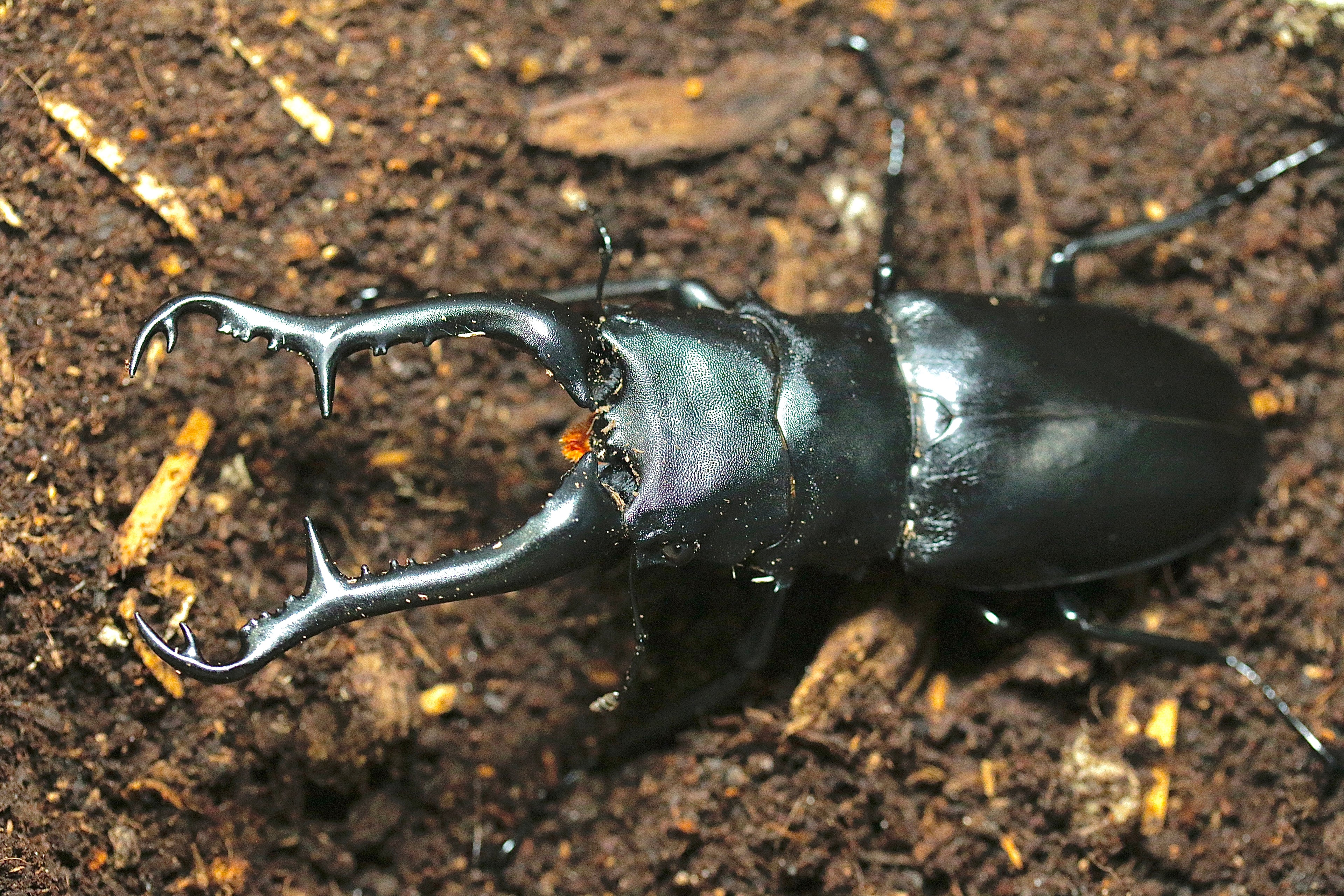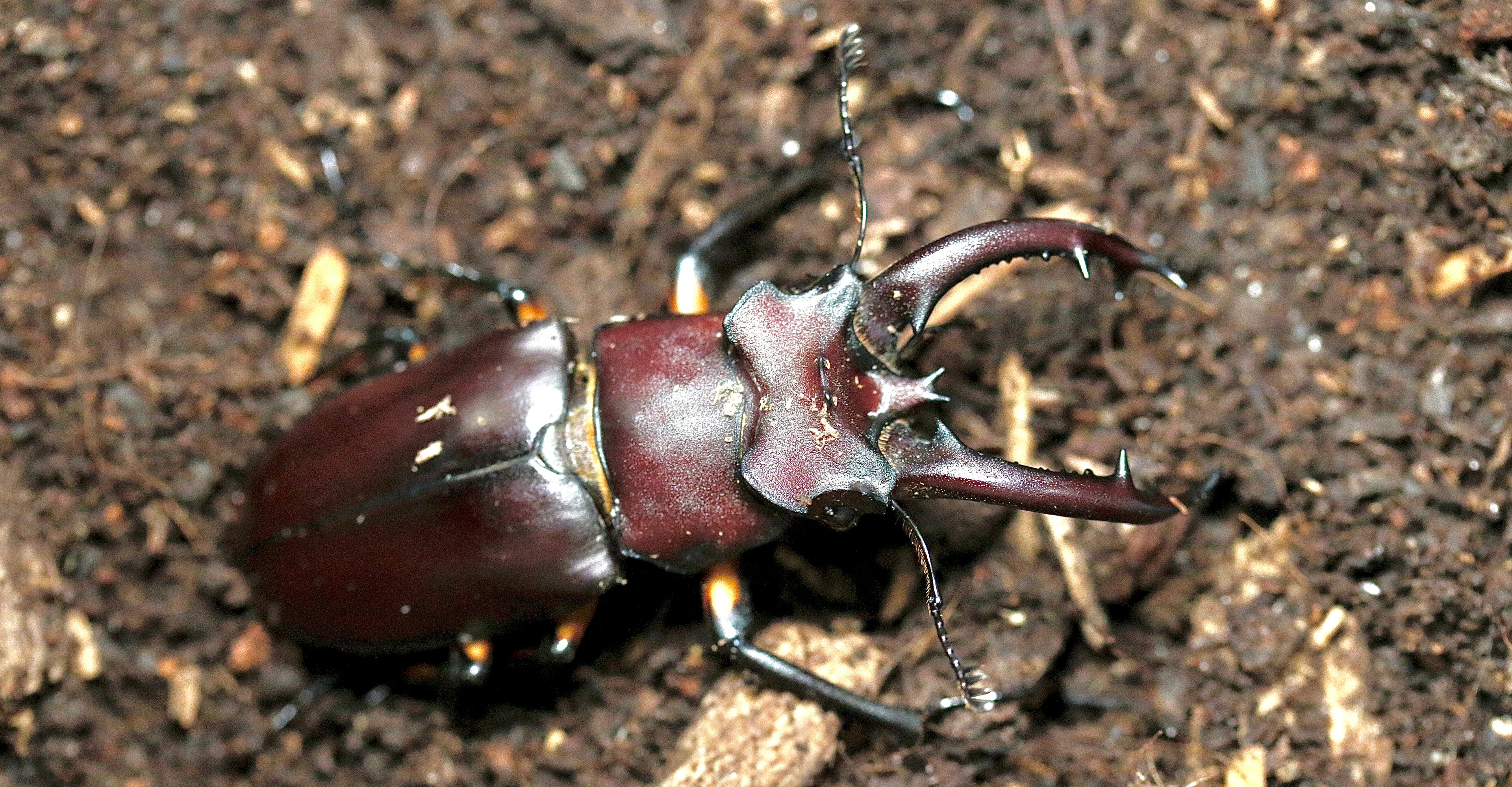

FAQs
Commonly Asked Questions
1. Has my shipment been shipped?
After your order is processed and your items are shipped, you should receive an email containing a tracking number for your package. If you haven't received this email, it means that your beetles haven't been sent yet, often due to unfavorable weather conditions.
2. When will species become available for purchase?
To stay updated on the availability of specific species, please refer to the contact options provided in the contact section. You may also subscribe to our site or follow our social medias for updates.
3. Can you determine the larva's gender?
Typically, it's possible to determine the gender of the larvae during their L3 stage. However, for some species, even at the L3 stage, sexing can be challenging. Therefore, we rarely offer sexed larva for sale. We can try our best to accommodate, but no guarantee.
4. What are the small white creatures moving in the substrate?
These may be mites, springtails, or a combination of both. They feed on organic matter in the substrate and are commonly found when rearing and breeding beetles. They do not pose any harm to beetles or larvae. If their numbers reach the hundreds, it's advisable to replace the substrate. Importantly, they do not pose any harm to humans.
5. I notice mold or fungus growing on my substrate. What should I do?
Generally, a small amount of mold, especially white mold, won't harm your larvae. However, molds and fungi absorb nutrients from the substrate, so it's best to replace it.
6. Why is my larva on the surface of the substrate?
There are several possible reasons why your larva might be on the surface:
- Oxygen deficiency
- Food shortage
- High temperatures
- Unsuitable substrate
- Seeking a place to pupate
7. How frequently should I replace the substrate for my larva?
The frequency of substrate replacement depends on the size of the container. As a general guideline, replacing the substrate every 2-3 months or when you observe a significant buildup of feces is recommended.
8. When will my larva undergo pupation?
The timing of pupation varies among species. You can refer to our caresheet pages to get an approximate duration for the larval stage of your specific species.
9. What temperature should I maintain for my beetles and larvae?
While different species have varying temperature tolerances, most species thrive at temperatures between 70-75°F (21-24°C). Most species can tolerate up to 80°F (30°C)
10. What does it mean when beetles are in a dormant state?
Dormant beetles are those that have recently emerged from the pupal stage. They exhibit minimal movement and do not consume any food. Do not bother them during this stage.
11. How should I care for dormant beetles?
Place them in a container with moist substrate or a paper towel and monitor them every other day. If you notice increased activity, you can introduce a piece of banana into their container to see if they start eating. Eating indicates they are no longer in a dormant state.
12. What size enclosure do adult beetles require?
Adult beetles generally do well in containers that are at least four times their size. Larger enclosures are also suitable.
13. My beetle is upside down and seems unable to move.
Ensure that your beetle's enclosure contains sticks or pieces of bark, as the absence of such items can cause the beetle to expend excessive energy trying to flip itself over, potentially leading to exhaustion or death.
